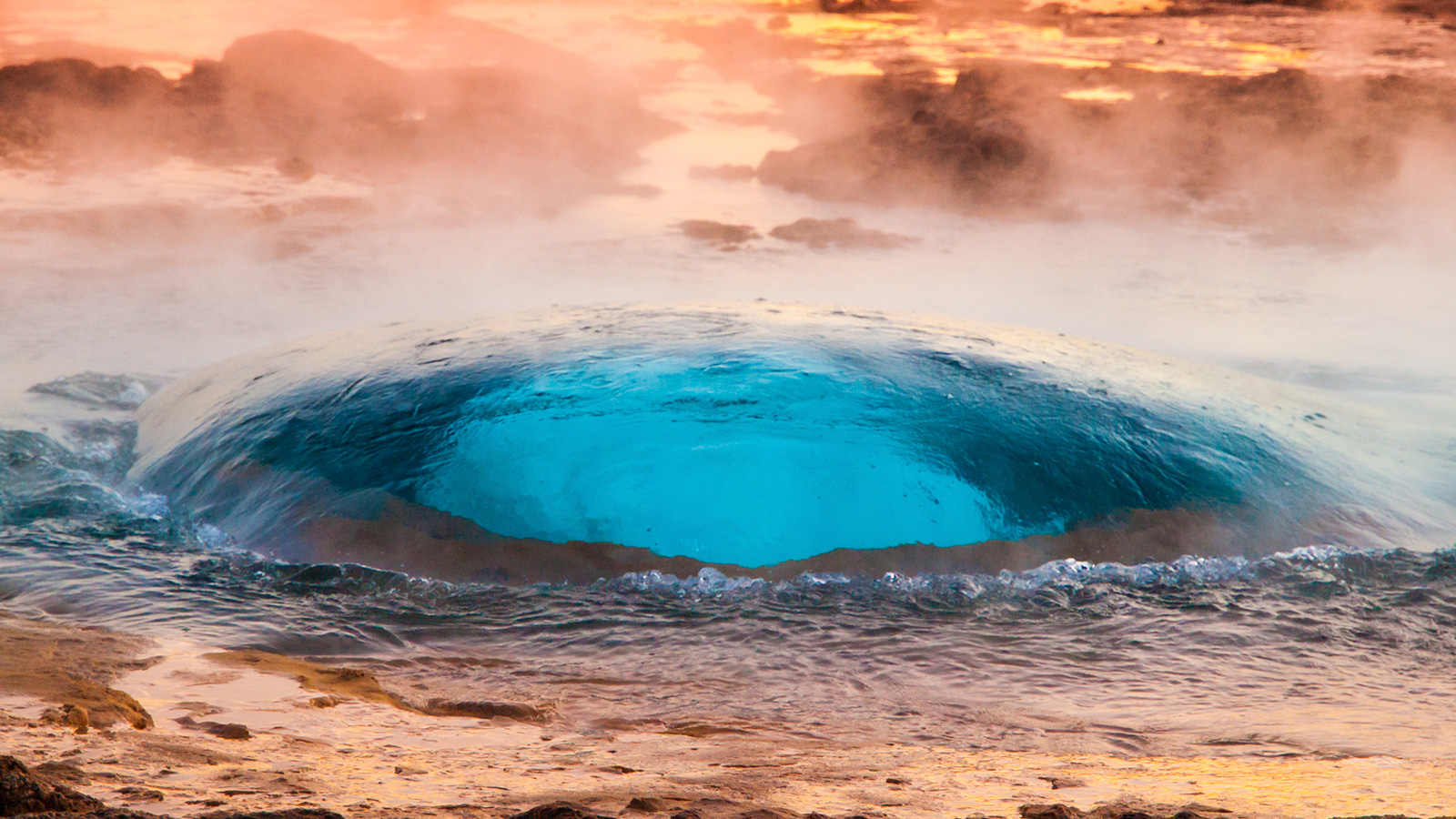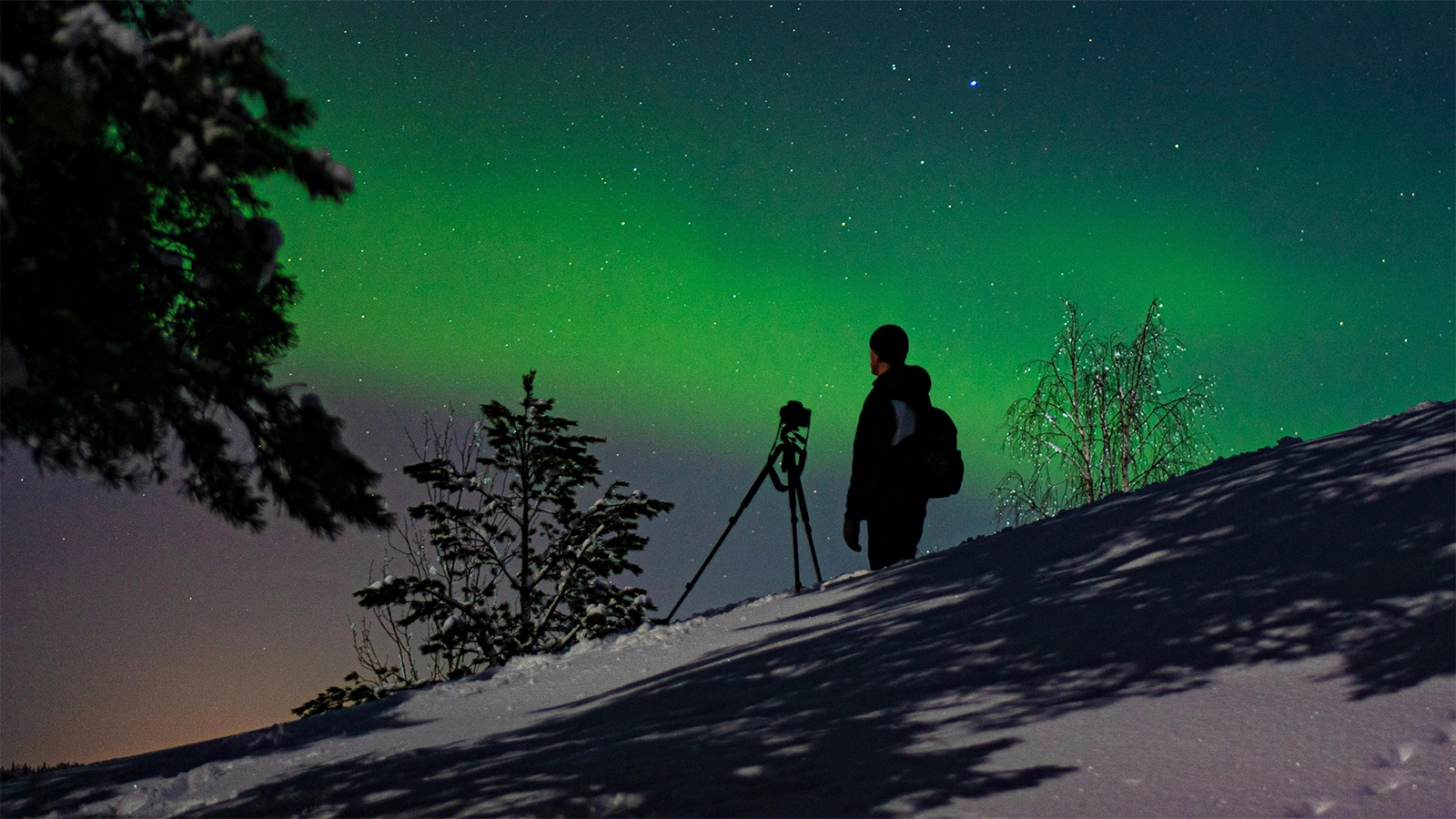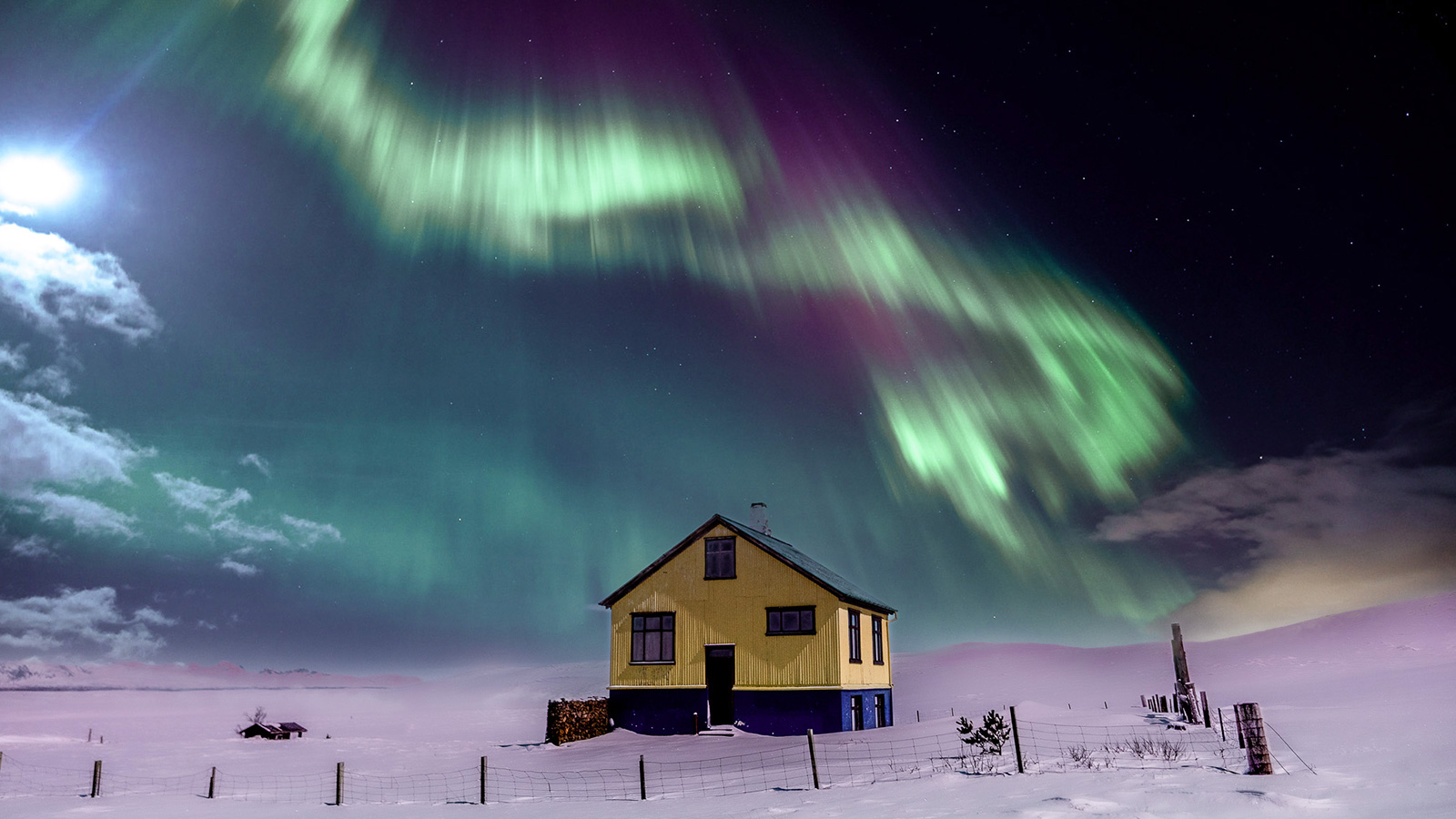In a remote valley of Iceland’s Haukadalur lies a place where the earth doesn’t just sit still. It breathes, it roars, and at times, it explodes. Welcome to the Geysir geothermal area. Here, steam rises from bubbling pools, water shoots sky-high, and ancient legends linger in the mist. Few natural wonders capture the essence of Iceland quite like this one.
The Birthplace of All Geysers
Did you know the word geyser originates here? The Great Geysir, once the most famous of them all, gave its name to every erupting hot spring in the world. While Geysir itself is mostly dormant today, its restless neighbour Strokkur has taken centre stage. It erupts every 5–10 minutes and hurls boiling water up to 40 metres in the air.
Standing by Strokkur is an unforgettable experience. The ground trembles, the pool swells, and suddenly a column of water blasts skyward with incredible force. It’s the earth showing its strength in real time, a dance of heat, water, pressure, and release.
But Strokkur is just the headline act. Scattered around are boiling mud pots, steaming fumaroles, and scalding pools that shimmer in shades of turquoise, yellow, and rust. At times, it feels more like walking across a Martian landscape than strolling in the Icelandic countryside.
Important tip: As tempting as they look, these pools can reach 80–100°C. Please admire them from a safe distance, unless you want to discover how efficient Icelandic emergency rooms are. But there’s no need to worry… If you want to enjoy the hot water from the inside, be sure to visit the best hot spring lagoons in Iceland.
A Geological Symphony
The science behind geysers is as fascinating as the spectacle itself. Deep underground, magma heats groundwater until it reaches extreme temperatures. Trapped in chambers beneath the surface, the water becomes superheated, hotter than its normal boiling point. Eventually, the pressure is too much, and the steam forces its way upward, blasting through the surface in a dramatic eruption.
This rare geological phenomenon requires a unique mix of heat, water supply, and underground structure. These conditions are found in only a handful of places on earth. Iceland, straddling the Mid-Atlantic Ridge where tectonic plates collide, is the perfect stage for such raw displays of power.
Legends in the Mist: Myths of Geysir
For Icelanders, Geysir is not just a geological wonder: it is also a land of myth and storytelling.
- The Gift of Gefjun: According to folklore, the giantess Gefjun carved the earth with her immense strength, striking the ground with a boulder that opened a crater. From this hollow surged the waters that became Geysir, a gift of life to a barren land.
- The Tears of the Gods: Another tale speaks of gods moved by human suffering. Their divine tears seeped into the earth, mixing with volcanic fire to erupt as steaming fountains (reminders of the bond between mortals and the divine).
- The Sleeping Giant: Some say Geysir is a giant who retreated into the earth after a long battle. He sleeps beneath the ground, and his restless dreams stir the waters into eruption.
These stories are part of Iceland’s rich oral tradition, where myth and landscape intertwine. Standing at Geysir, it’s easy to understand why legends like these have endured.
Echoes of the Past: Geysir Through History
The geothermal field has fascinated visitors for centuries. Written accounts of Geysir appear as early as the 13th century, and by the 18th century it was already attracting adventurers from across Europe. Without weather apps or waterproof gear, they relied on instinct (and sturdy umbrellas) to dodge eruptions.
The geyser even inspired literary figures like Jules Verne, who wove Iceland’s geothermal wonders into his tales of science and adventure. For locals, Geysir was a place of reverence, a site where rituals honoured the gods and spirits believed to dwell beneath the earth.
More Than Just Eruptions: A Living Ecosystem
Though it may seem barren, the geothermal area supports a surprising array of life. Colourful algae thrive in the warm waters, painting the pools in unexpected hues. Birds circle overhead, and hardy plants cling to the rocky soil. It’s a reminder that even in extreme conditions, life adapts and flourishes.
Practical Tips for Visiting Geysir
- Timing your visit: Strokkur erupts frequently, so you won’t have to wait long. Have your camera ready but keep a safe distance, especially on windy days!
- Clothing: Waterproof jackets are a must. An ill-timed eruption can turn “spectator” into “soaked adventurer” in seconds.
- Safety: Stay on marked paths. The ground can be unstable and dangerously hot off-trail.
- Photography: The best shots often come just before the eruption, when Strokkur’s pool swells into a shimmering dome.
Geysir on the Golden Circle
Geysir forms one of the three iconic stops on Golden Circle, alongside Þingvellir National Park and the mighty Gullfoss waterfall. Together, they showcase the diversity of Icelandic nature: geology, history, and raw natural power all in a single loop.
At EastWest, we believe the journey is just as important as the destination. Our small-group tours give you time to truly absorb the magic of each site. Our guides bring stories to life (mixing history, folklore, and humour) so you don’t just see Geysir, you experience it.
Discover the Magic of Geysir with EastWest
Whether you see it as a marvel of geology, a mystical gift of the gods, or the stirring of a giant’s dream, Geysir is a place you will never forget. Its eruptions are a heartbeat of Iceland itself: wild, unpredictable, and utterly captivating.
So why wait? Join us on a Golden Circle tour and step into a world where fire, water, and myth collide. With EastWest, every trip is more than a sightseeing tour, it’s a story you’ll carry home.
Looking for more inspiration? Don’t miss our other posts like “Things to Bring to Iceland: a Packing Guide” and “Traveler safety in Iceland” to help you prepare for your adventure.


